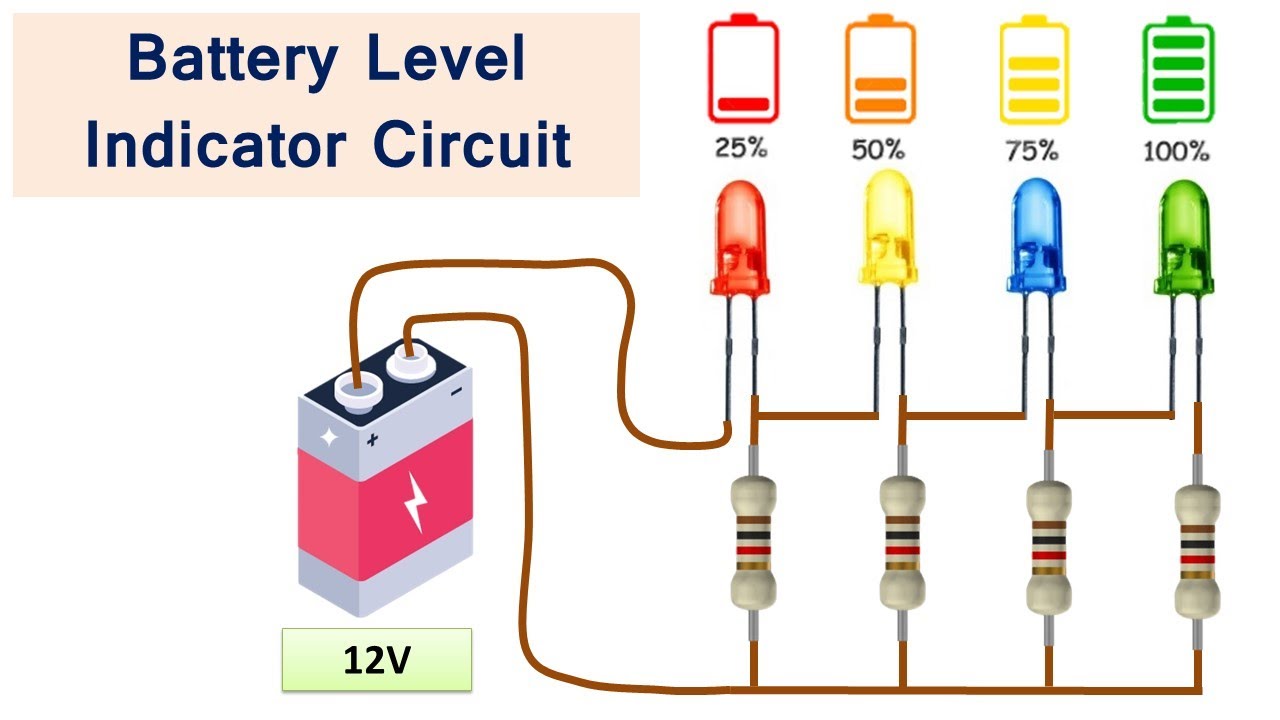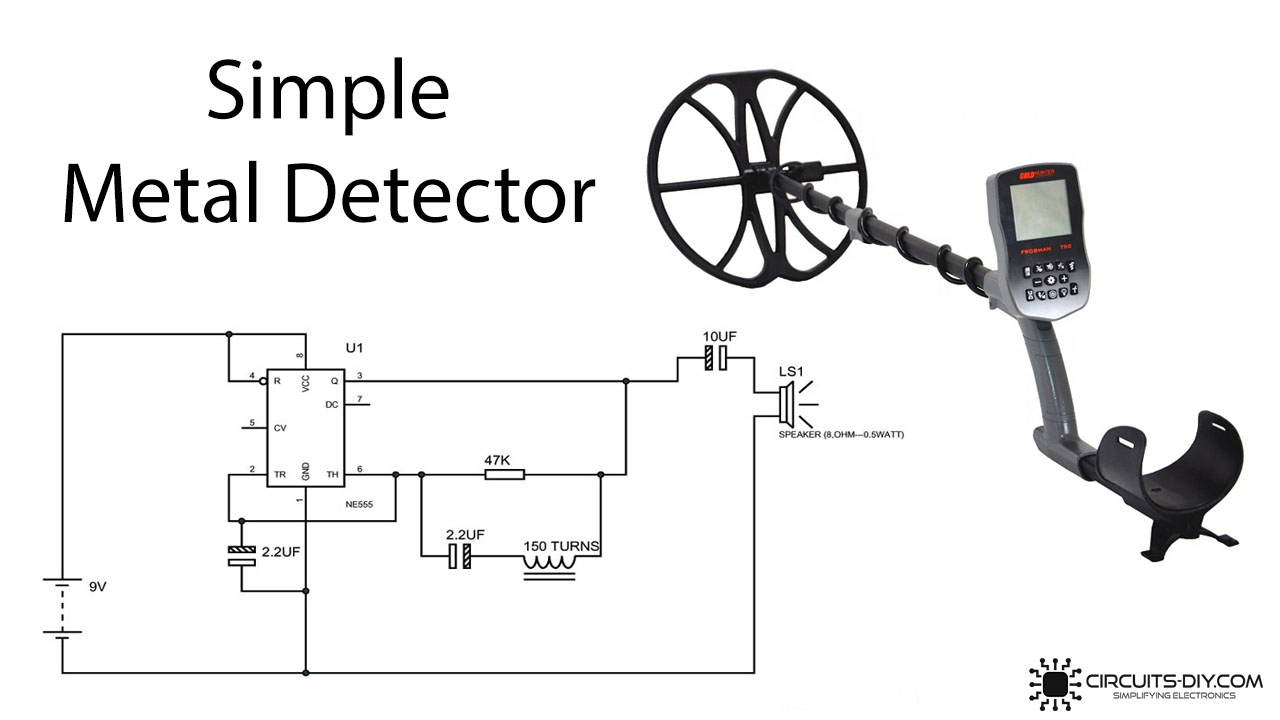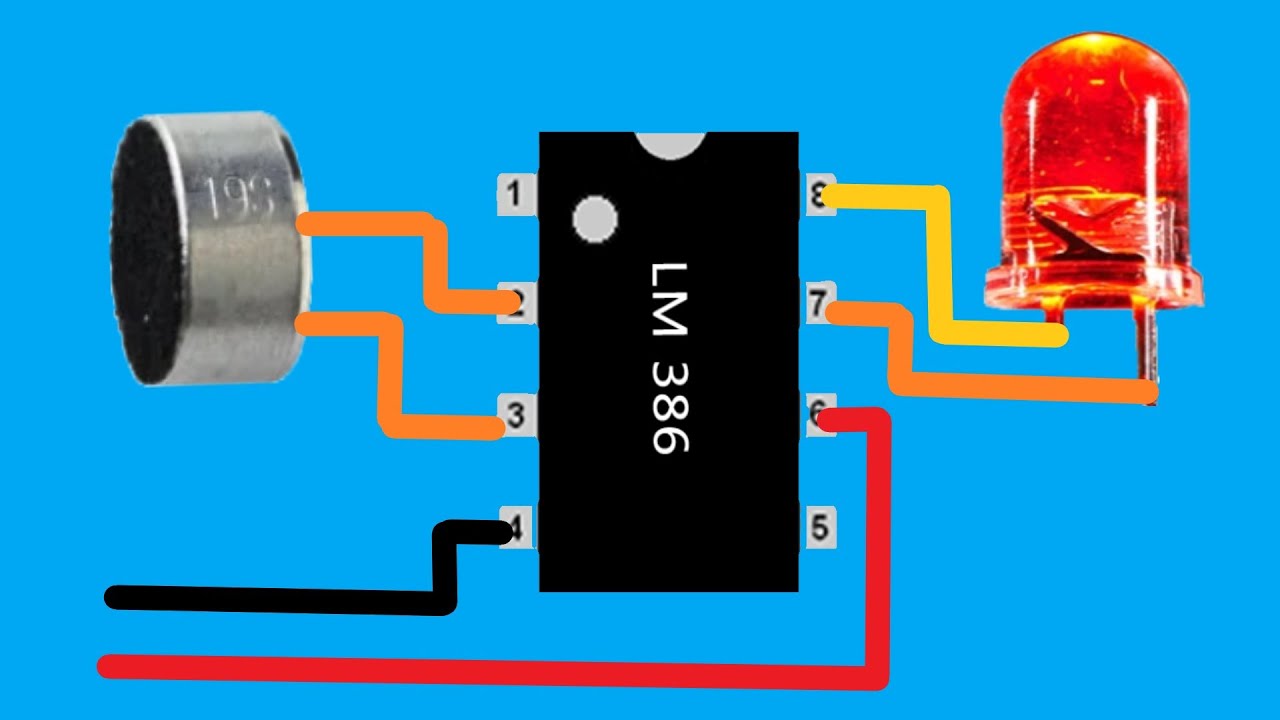How to design a simple wireless charging circuit?
Wireless charging is a convenient way to power up your devices without the hassle of cables. Designing a simple wireless charging circuit can be a fun project for electronics enthusiasts. In this article, we will guide you through the process of creating a basic wireless charging circuit that you can build at home.
Understanding the Basics of Wireless Charging
Wireless charging works on the principle of electromagnetic induction. When an electric current flows through a coil of wire, it creates a magnetic field around the coil. This magnetic field can induce a current in a nearby coil, allowing for wireless power transfer.
To design a simple wireless charging circuit, you will need a transmitter coil and a receiver coil. The transmitter coil is connected to a power source, such as a battery or a USB port, while the receiver coil is connected to the device you want to charge.
Materials Needed
- Copper wire
- Neodymium magnet
- Transistor
- Capacitor
- Diode
- LED
- Resistor
- PCB board
Building the Circuit
1. Start by winding the copper wire around a cylindrical object, such as a pen or a PVC pipe, to create a coil. The number of turns will depend on the size of the coil and the power requirements of your wireless charger.
2. Place the neodymium magnet at the center of the coil to enhance the magnetic field. This will improve the efficiency of the wireless charging circuit.
3. Connect the transmitter coil to the power source using the transistor, capacitor, diode, and resistor. These components will help regulate the flow of electricity and protect the circuit from overloading.
4. Connect the receiver coil to the device you want to charge. Make sure to match the specifications of the receiver coil with the power requirements of the device.
5. Test the wireless charging circuit by placing the device on top of the transmitter coil. If everything is set up correctly, the LED indicator should light up, indicating that the device is charging wirelessly.
Conclusion
Designing a simple wireless charging circuit is a rewarding project that can help you better understand the principles of electromagnetic induction and power transfer. With the right materials and a little bit of patience, you can create your own wireless charger that is both functional and efficient.
How to design a simple wireless charging circuit?
Wireless charging is a convenient way to power up your devices without the hassle of cables. Designing a simple wireless charging circuit can be a fun project for electronics enthusiasts. In this article, we will guide you through the process of creating a basic wireless charging circuit that you can build at home.
Understanding the Basics of Wireless Charging
Wireless charging works on the principle of electromagnetic induction. When an electric current flows through a coil of wire, it creates a magnetic field around the coil. This magnetic field can induce a current in a nearby coil, allowing for wireless power transfer.
To design a simple wireless charging circuit, you will need a transmitter coil and a receiver coil. The transmitter coil is connected to a power source, such as a battery or a USB port, while the receiver coil is connected to the device you want to charge.
Materials Needed
- Copper wire
- Neodymium magnet
- Transistor
- Capacitor
- Diode
- LED
- Resistor
- PCB board
Building the Circuit
1. Start by winding the copper wire around a cylindrical object, such as a pen or a PVC pipe, to create a coil. The number of turns will depend on the size of the coil and the power requirements of your wireless charger.
2. Place the neodymium magnet at the center of the coil to enhance the magnetic field. This will improve the efficiency of the wireless charging circuit.
3. Connect the transmitter coil to the power source using the transistor, capacitor, diode, and resistor. These components will help regulate the flow of electricity and protect the circuit from overloading.
4. Connect the receiver coil to the device you want to charge. Make sure to match the specifications of the receiver coil with the power requirements of the device.
5. Test the wireless charging circuit by placing the device on top of the transmitter coil. If everything is set up correctly, the LED indicator should light up, indicating that the device is charging wirelessly.
Conclusion
Designing a simple wireless charging circuit is a rewarding project that can help you better understand the principles of electromagnetic induction and power transfer. With the right materials and a little bit of patience, you can create your own wireless charger that is both functional and efficient.



